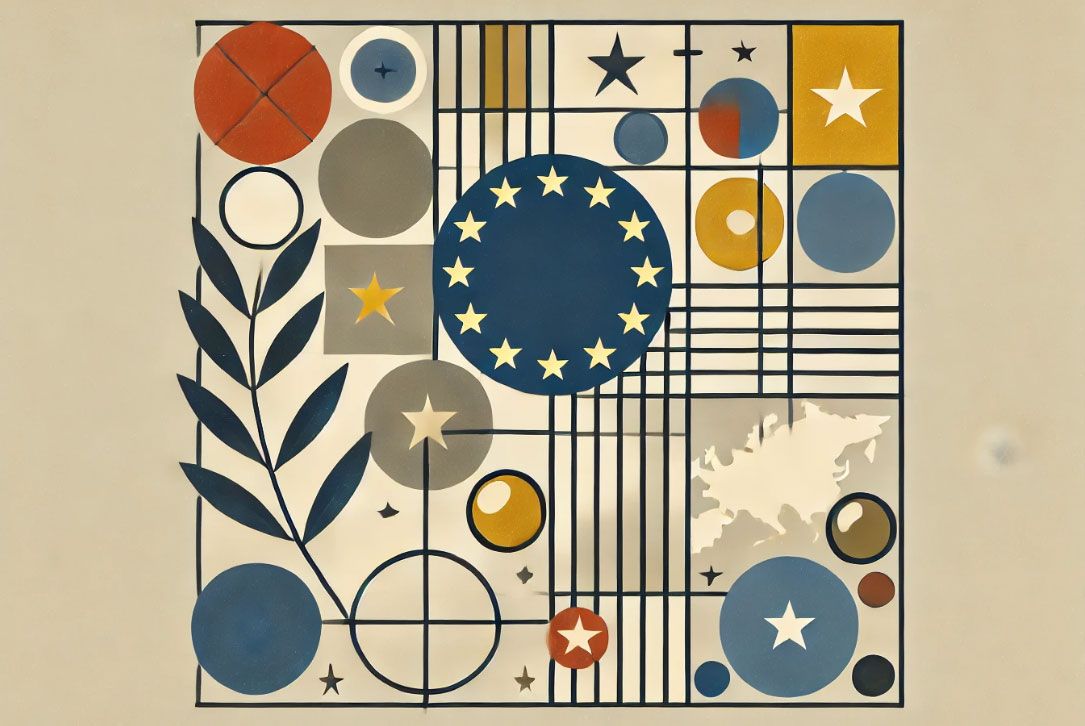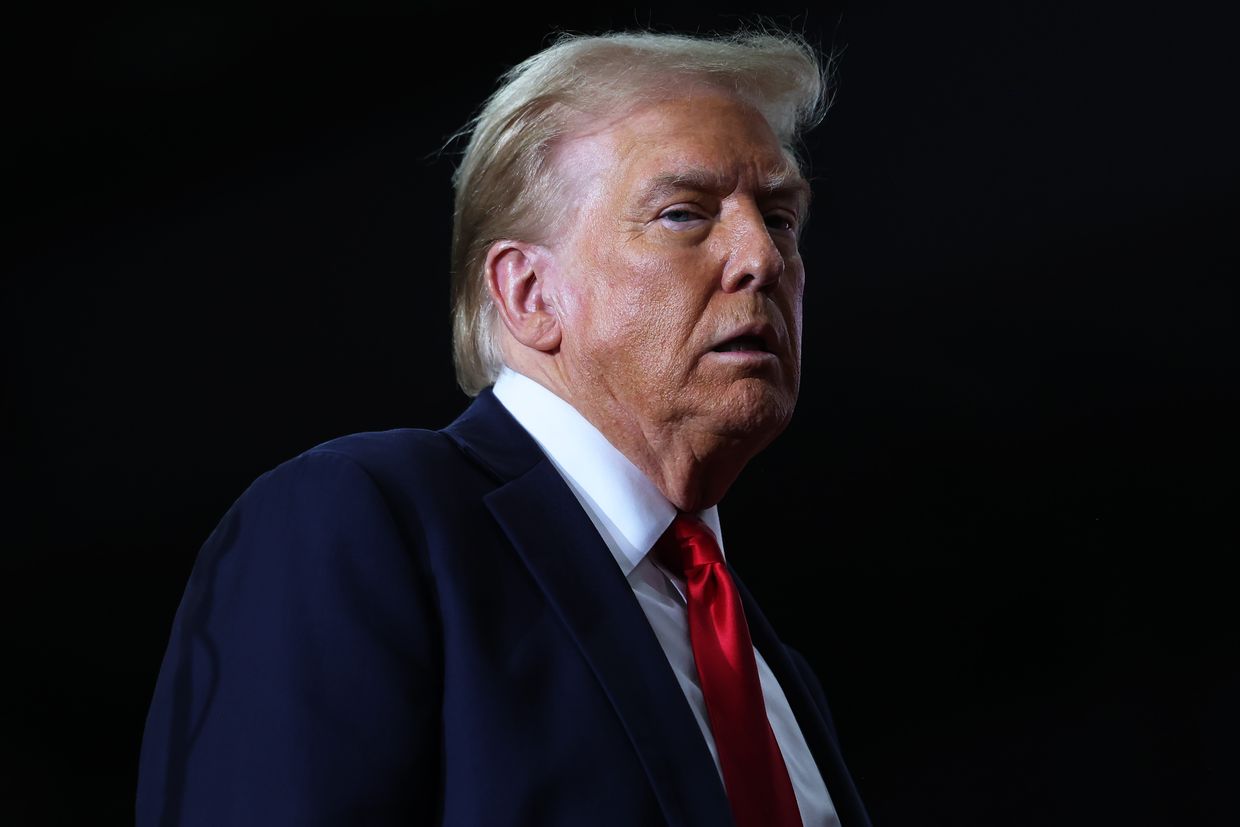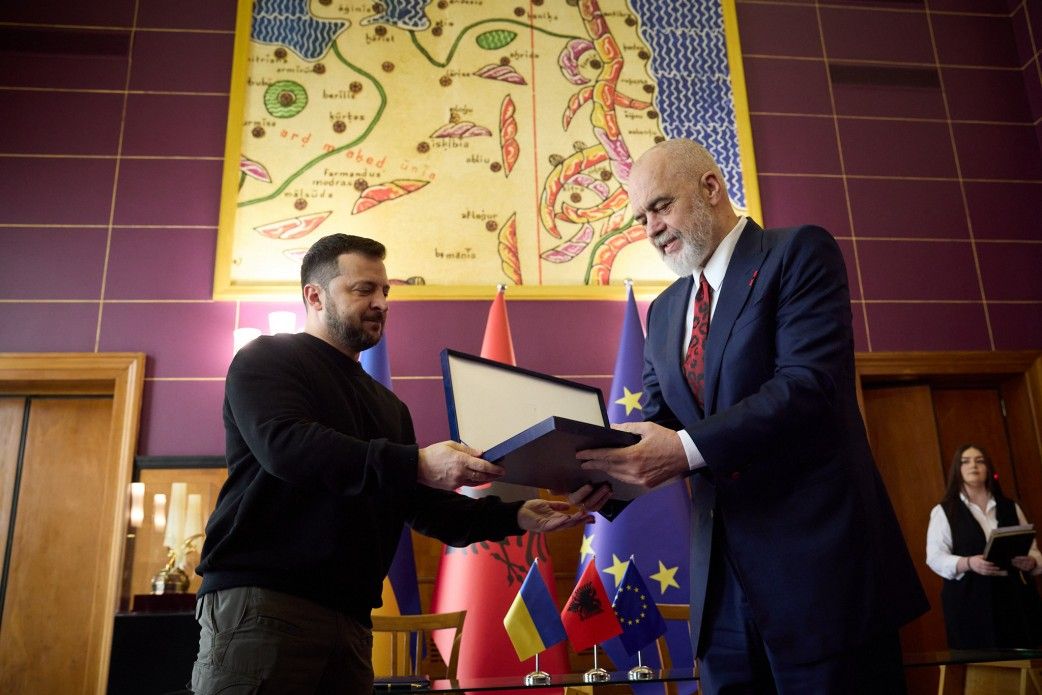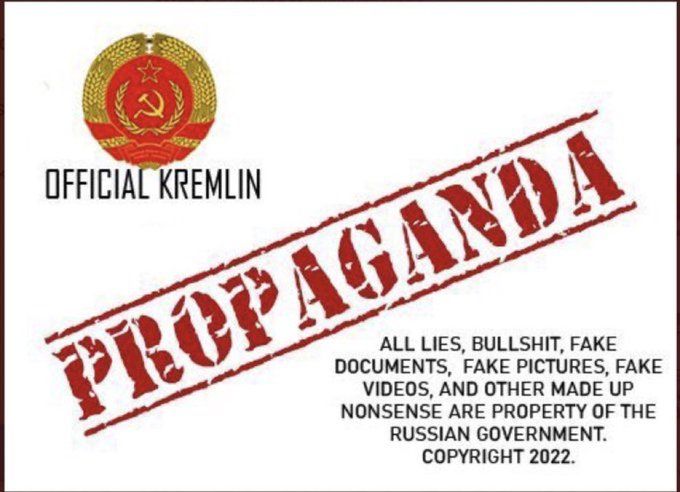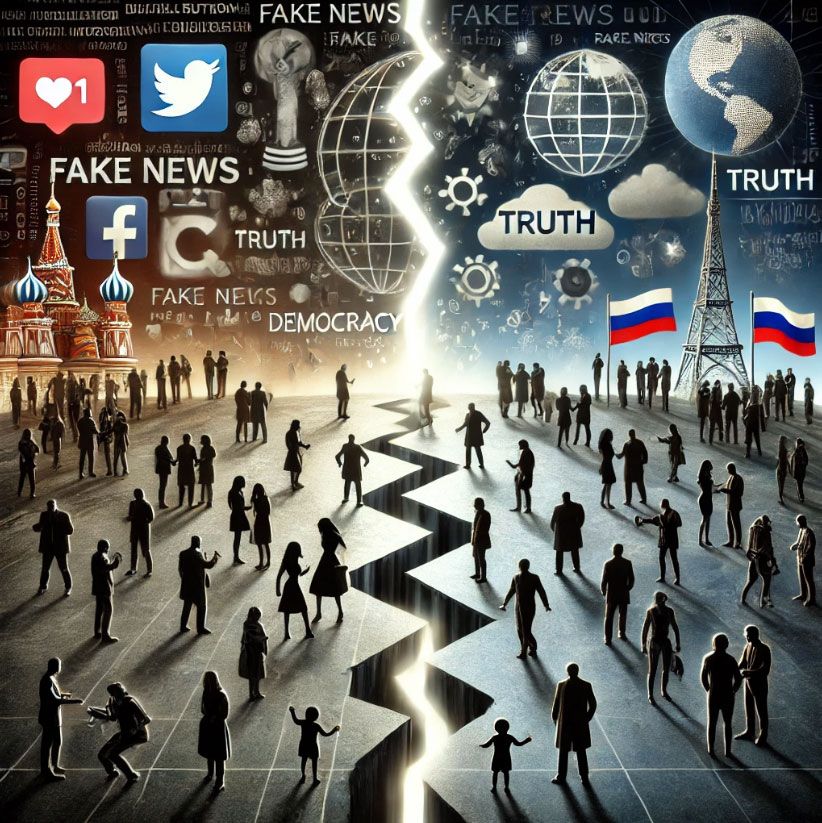Early Intellectual Roots of European Unity
The idea of uniting Europe emerged as early as the Middle Ages.
Dante Alighieri (1265–1321), in his treatise De Monarchia, advocated for a universal monarchy to ensure peace and justice across Christendom.
While rooted in the theocratic ideals of his time, Dante’s vision planted the seeds of a Europe united under shared governance. Dante wrote: “Mankind is at its best when guided by one universal law and one ruler” (De Monarchia, Book 1).
To his contemporaries, the idea of transcending feudal rivalries and uniting Christendom under a single secular ruler was as ambitious as it was contentious.
During the Renaissance, Erasmus of Rotterdam (1466–1536) championed the idea of cultural and spiritual unity. In works such as The Complaint of Peace, Erasmus decried war as the scourge of humanity and urged rulers to embrace cooperation over conflict.
He lamented: “What is war but a vast array of crimes, a vast pool of misery?” Erasmus’s pacifism, though respected by intellectuals, was largely dismissed by rulers embroiled in dynastic conflicts and territorial ambitions.
Émeric Crucé (1590–1648) proposed a visionary plan for a European council of nations in The New Cyneas. His suggestion to resolve disputes through arbitration rather than war seemed radical in an era when military conquest was seen as the primary tool of diplomacy.
Despite its foresight, Crucé’s work remained obscure in his lifetime.
Enlightenment Thinkers and the Federation Ideal
The Enlightenment era saw more structured proposals for European unity.
Abbé de Saint-Pierre (1658–1743) crafted the Projet de paix perpétuelle, envisioning a European federation to prevent wars. His proposal was met with skepticism, dismissed by critics as utopian.
Yet, it influenced later thinkers like Jean-Jacques Rousseau (1712–1778), who, while critiquing Saint-Pierre’s optimism, acknowledged that “a lasting peace can only be secured by an association of free states” (Abstract of Saint-Pierre’s Project for Perpetual Peace).
Rousseau’s cautious endorsement hinted at the idea’s potential, even as political realities made it seem unattainable.
Immanuel Kant (1724–1804) provided a philosophical foundation for unity in Perpetual Peace: A Philosophical Sketch. He proposed a federation of free states bound by mutual respect for sovereignty and shared laws.
Kant argued: “The lawful condition of states in their relations to one another must ultimately become a federation of free states” (Perpetual Peace).
At the time, Kant’s ideas were viewed as idealistic musings rather than practical policies, yet they laid intellectual groundwork for modern international organizations.
Romantic Nationalism and Early Pan-European Movements
The 19th century’s romantic nationalism often clashed with aspirations for unity, but figures like Victor Hugo and Giuseppe Mazzini envisioned a synthesis.
Hugo, at the 1849 Peace Congress, proclaimed his dream of a "United States of Europe," stating: “A day will come when all nations of this continent will form a European brotherhood.”
To many, Hugo’s call seemed fantastical, given the entrenched rivalries and recent revolutions across Europe.
However, his moral conviction and rhetorical brilliance kept the vision alive in intellectual and activist circles.
Giuseppe Mazzini (1805–1872), a staunch advocate for national self-determination, also recognized the potential for a federated Europe. He envisioned a "Europe of Nations," where national unity would coexist with international solidarity.
Mazzini declared: “Europe will be united not by force, but by the association of peoples who recognize one another as free and equal.”
While his dream of Italian unification was eventually realized, his pan-European ideals were sidelined by the dominance of great power politics.
Twentieth Century and the Road to Integration
The devastation of two world wars catalyzed a renewed push for European unity.
During the interwar period, Richard von Coudenhove-Kalergi spearheaded the Pan-Europa Movement with his 1923 manifesto, Pan-Europa, advocating for a united Europe to counter nationalism and economic instability.
He wrote: “The division of Europe is a deadly danger to its future; its unification, a life-saving necessity.” In the polarized climate of the 1920s and 1930s, his movement gained traction among intellectuals but faced resistance from authoritarian regimes and nationalist leaders.
Aristide Briand, then French Foreign Minister, proposed a European Federal Union to the League of Nations in 1929. His initiative, though visionary, failed to gain traction amid the Great Depression and rising militarism, illustrating how the political climate of the time rendered unity nearly impossible.
Following World War II, leaders recognized the necessity of integration to ensure lasting peace. Winston Churchill, in his 1946 Zurich speech, called for the establishment of a "United States of Europe," urging reconciliation between France and Germany as the cornerstone of stability.
Churchill famously declared: “If Europe were once united in the sharing of its common inheritance, there would be no limit to the happiness, prosperity, and glory which its people would enjoy.”
This sentiment, while inspiring, was initially dismissed by many as too idealistic given the destruction and distrust left by the war.
This skepticism began to wane with practical steps like the creation of the European Coal and Steel Community (ECSC) in 1951, an initiative led by Jean Monnet and Robert Schuman that laid the groundwork for economic and political integration.
The Treaty of Rome (1957), establishing the European Economic Community (EEC), marked another milestone.
Over subsequent decades, these efforts culminated in the formation of the European Union (EU) through the Maastricht Treaty (1993), institutionalizing many of the ideals championed by Hugo and his predecessors.
Hugo’s Vision and Today’s European Union
Victor Hugo’s vision of a "United States of Europe" resonates profoundly in today’s European Union.
While challenges such as political fragmentation and rising nationalism persist, the EU’s achievements in fostering peace, economic collaboration, and cultural exchange reflect the enduring appeal of European unity.
These accomplishments remind us that ideas once deemed radical or impossible can become the foundations of future realities.
By tracing the historical trajectory of this idea, from Dante and Erasmus to Hugo and Monnet, we see how dreaming big and planting seeds for progress has been essential in shaping Europe’s journey—a lesson that remains vital in today’s global geopolitical context.
Sources
- Dante Alighieri. De Monarchia. Translated by Aurelia Henry, 1904. Available at: https://oll.libertyfund.org/title/alighieri-de-monarchia
- Erasmus of Rotterdam. The Complaint of Peace. Translated by Thomas Paynell, 1521. Available at: https://www.gutenberg.org/ebooks/26058
- Émeric Crucé. The New Cyneas. Excerpted in "The Universal Peace Organization." Available at: https://oll.libertyfund.org
- Immanuel Kant. Perpetual Peace: A Philosophical Sketch. Translated by Lewis White Beck, 1795. Available at: https://www.marxists.org/reference/subject/ethics/kant/universal-history.htm
- Victor Hugo. Speech at the International Peace Congress, 1849. Excerpts available at: https://archive.org/details/peacecongress1849
- Richard von Coudenhove-Kalergi. Pan-Europa. Vienna: Pan-Europa Verlag, 1923. Overview at: https://www.cvce.eu/en
- Winston Churchill. "The Tragedy of Europe" Speech, 1946. Full text at: https://winstonchurchill.org/resources/speeches/1946-1963-elder-statesman/the-tragedy-of-europe/
- Treaty of Rome, 1957. Text available at: https://eur-lex.europa.eu/legal-content/EN/TXT/?uri=celex%3A11957E
- Maastricht Treaty, 1993. Text available at: https://eur-lex.europa.eu/legal-content/EN/TXT/?uri=celex%3A11992M


